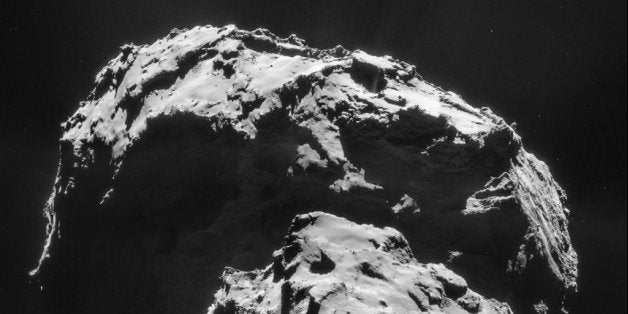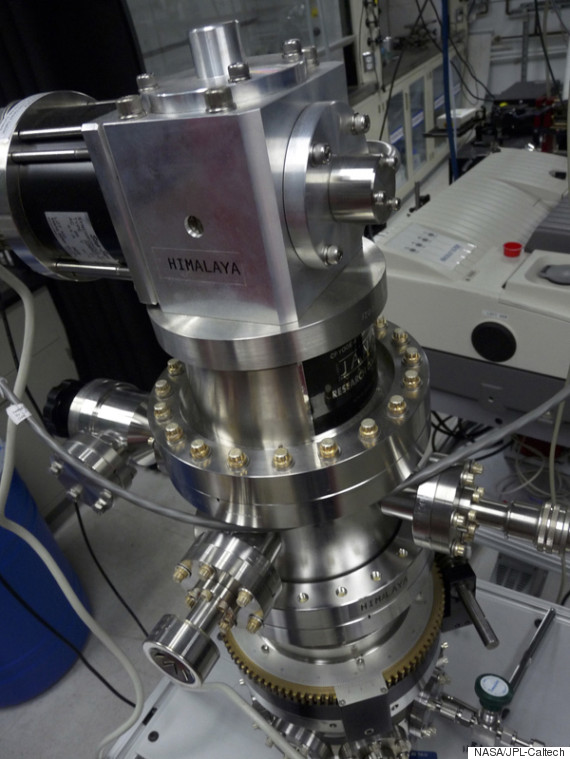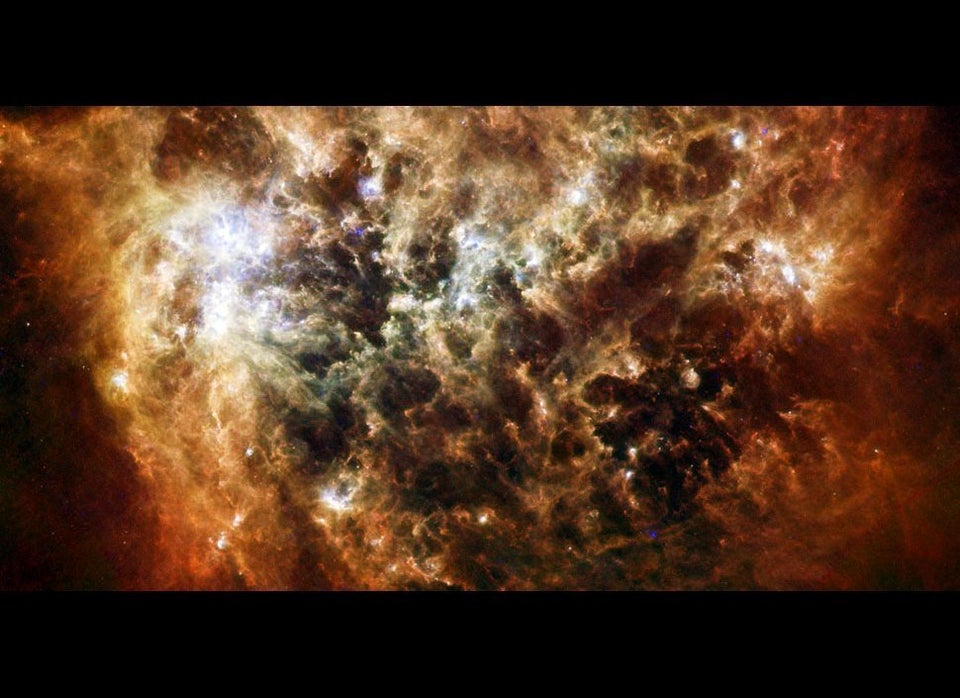
Astronomers have long known that comets are cosmic snowballs with a soft interior and hard surface. But the exact composition of that surface -- and how it forms -- has been somewhat of a mystery, until now.
In a new study, scientists at NASA's Jet Propulsion Laboratory mixed together ice and organic dust to simulate how a comet forms. And they found that the crunchy comet crust is much like something very decadent and delicious...
"A comet is like deep fried ice cream," study co-author Dr. Murthy Gudipati, principal scientist at JPL in Pasadena, Calif., said in a written statement. "The crust is made of crystalline ice, while the interior is colder and more porous. The organics are like a final layer of chocolate on top."
Yum?
For the study, the scientists used an icebox-like cryostat device dubbed Himalaya to simulate the conditions that a comet's icy materials would experience in deep space as they journeyed toward the sun, Discovery News reported.
(Story continues below.)
The cryostat instrument, nicknamed "Himalaya," that researchers used to study the icy conditions under which comets form.
First, the team flash-froze a special mixture of water vapor that was infused with organic compounds called polycyclic aromatic hydrocarbons, or PAHs, which are common in deep space. Then the researchers used Himalaya to slowly warm their "comet" from minus-406 degrees Fahrenheit to minus-190, mimicking what it would experience if traveled toward the sun.
Then something quite strange happened.
"The PAHs stuck together and were expelled from the ice host as it crystallized," Antti Lignell, a postdoctoral scholar at the California Institute of Technology, who led the study, said in the statement. "This may be the first observation of molecules clustering together due to a phase transition of ice."
According to the researchers, when the PAHs were expelled from the ice mixture, that left room for water molecules to link up and form more tightly packed structures of crystalline ice -- and voila, a hard comet surface was made.
"What we saw in the lab -- a crystalline comet crust with organics on top -- matches what has been suggested from observations in space," Gudipati said in the statement. "Deep fried ice cream is really the perfect analogy, because the interior of the comets should still be very cold and contain the more porous, amorphous ice."
The study was published online in The Journal of Physical Chemistry on Oct. 10, 2014.

